Château de Cheverny
The Loire Valley, the favoured habitat of French Kings and Queens, is host to over 300 châteaux, about 100 of which are open to the public; of those 100, only about 16 are accessible all year.
Château de Cheverny is one of those sixteen and ticks all the boxes. It has history, architecture, design, gardens, forests, waterways, and above all, Tintin and dogs.
The Château
Apart from a couple of occasions, Château de Cheverny has remained in the Hurault family for more than six centuries. Philippe Hurault built Château de Cheverny between 1624 and 1630. Although some remnants of an earlier fortress still exist, the Château was a relative newcomer to the Loire, without royal heritage or defensive features.
The architect, Jacques Bougier, used a French style that developed during the reign of Louis XIV. His design comprises a central building with two symmetrical wings on either side and corner pavilions. The light colour of the château’s facade is created by bourré stone, as it becomes lighter and hardens over time. The château structure hasn’t been modified since the 17th century and retains its original architectural design.
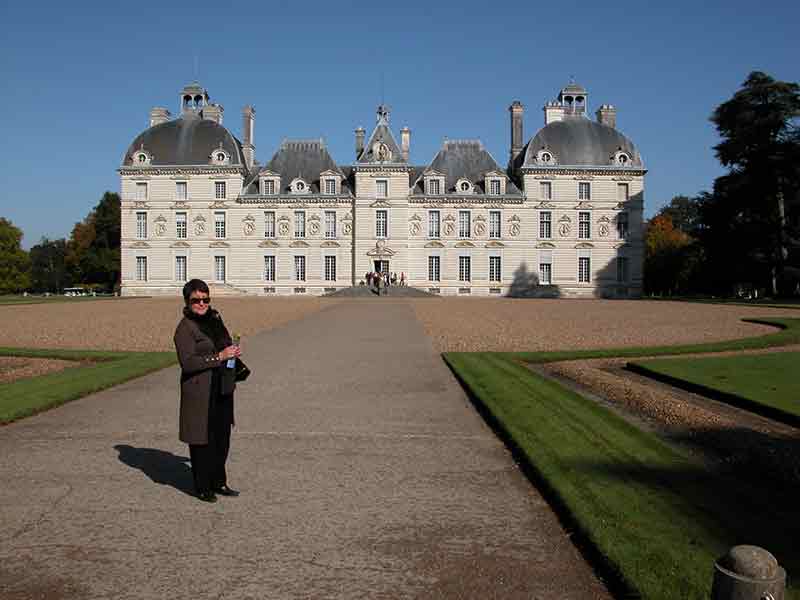
The artist, Jean Monier, decorated much of the original interiors with the support of Queen Marie de Medici, who sponsored his schooling in Italy to perfect his craft. The Queen later commissioned him to work on decorating the Luxembourg Palace in Paris.
Enormous rooms with towering ceilings include Gobelin tapestries, walk-in fireplaces, gold leaf, and carved bronzes. A highlight is the magnificent 34 wooden panels painted and carved by Monier on the dining room walls, illustrating the fabled Don Quixote.

The rooms include the King’s Bedroom, which was reserved for the King and important guests and had a beautifully painted ceiling by Jean Monier depicting the story of Perseus and Andromeda.
Painted panels in the Grand Salon were restored in the 19th century. Works by Mignard, Titien, and Raffaello hang on the walls. Furniture and tapestries date back to the 17th and 18th centuries.
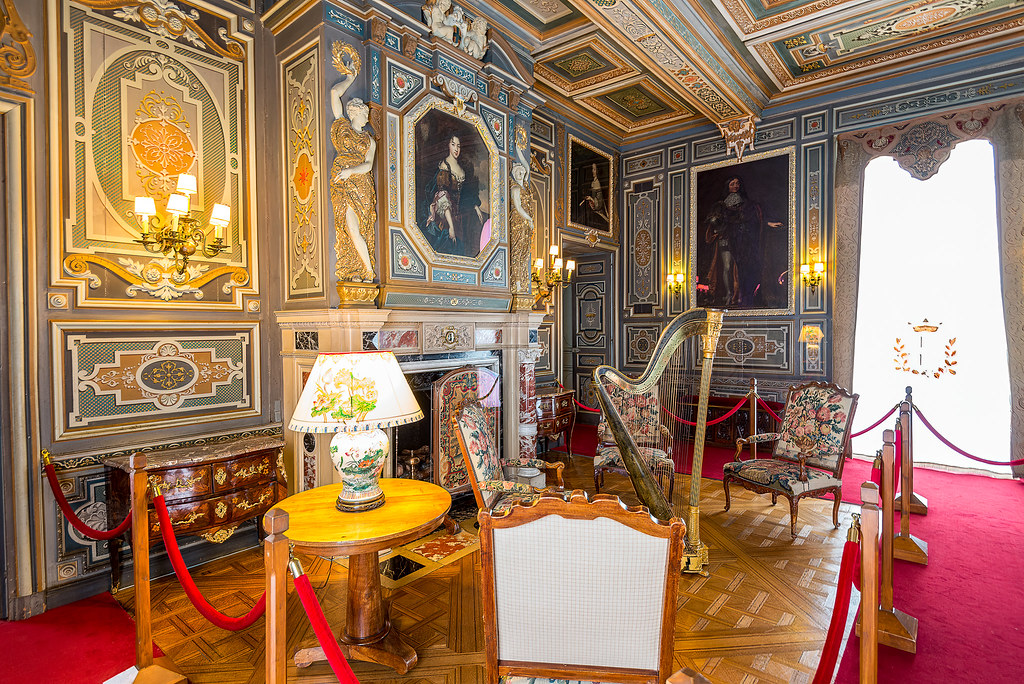
The Arms Room is the largest in the château. The decoration is also the work of Jean Monier. Painted beams and wood panels with floral decorations and inscriptions in Latin highlight the room. Transforming large rooms into arms rooms was due to a 19th-century attachment to romanticism and chivalry.

A visit to the Château is a pure delight that reveals the art of aristocratic French living at its best. Cheverny cherishes its long traditions, but it played no meaningful role in French history. The château was a peaceful abode for many centuries, protected from the world beyond.
The Château owners are descendants of the same family who originally built it. The family opened the Château to the public in 1922, one of the first to do so, and they still operate it today.
The Park
The Château is sitting on an ocean of lawns, surrounded by an English park. Discover rare species of cedars from Lebanon, lime trees, sequoias, Laricio pines from Corsica and Calabria, poplars, Douglas firs and Louisiana cypress trees with their feet in the water. Most of them were planted 150 years ago by Paul de Vibraye.
In high season, you also can visit the forest park aboard boats and electric cars.

The Gardens
For the gardeners, there are six varied gardens to explore.
The Bouquetier/Vegetable Garden offers a multicoloured view where a thousand and one flowers mingle with seasonal vegetables, which can then end up on the plates of the Orangerie tea room. Flowers create bouquets that decorate the various rooms of the castle throughout the year.
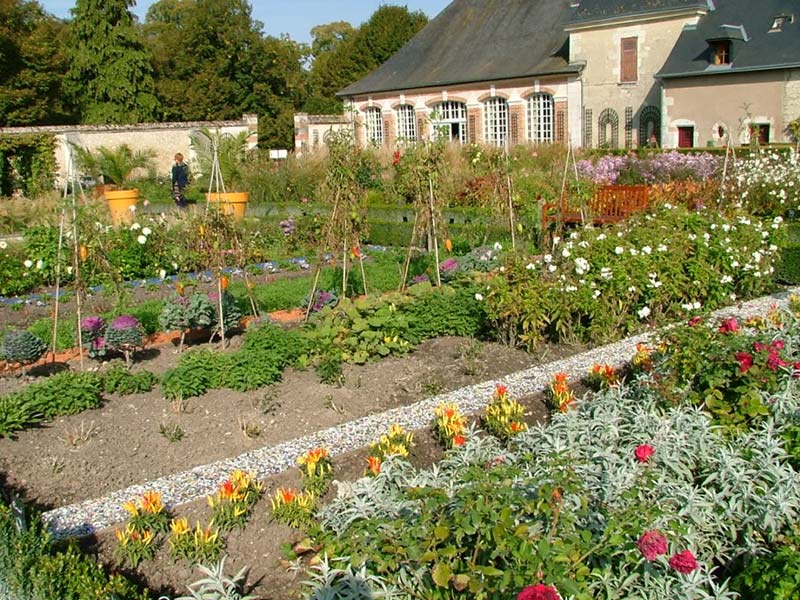
The Jardin des Apprentis gets its name from the ten young people who participated in its creation. Classic in its geometric structure and French-style flowerbeds and English in how it opens onto the park. It offers views of the north facade and has many benches to enjoy the fountain and the pergola, which, in summer, bends under the wisteria.

The Tulip Garden comprises over 250,000 Triumph bulbs and forms a tulip ribbon 250 metres long. In the rest of the Estate, 100,000 other tulips colour the Jardin des Apprentis and the flower garden. In total, 350,000 tulips take over Cheverny to celebrate the start of spring with an explosion of colours. Tulips usually flower from late March to mid-April

Six monumental bronze sculptures stand on the pond’s edge to form the Garden of Love. Works by the Swedish sculptor Gudmar Olovson (1936-2017), this garden is a tribute to life, love, and the family.

The Labyrinth Garden is a maze where you are challenged to see how quickly you can escape. Made up of Caucasian laurels, planted in 2009, this fast-growing species is perfect for creating dense hedges. Garden symbolism is important in a French garden, and the labyrinth expresses order and domestication of nature.

The Jardin Sucré is a French-style orchard of 370 trees and shrubs and covers one hectare near the Jardin des Apprentis. There are apple trees, quince trees, cherry trees, persimmons, fig trees and many more! It opens the doors to an infinite world of flavours and fruit variations you can experience in the Orangerie.
L’Orangerie
The 18th-century Orangerie was used to keep the orange trees under shelter in winter. It is now used as a salon de thè. In WWII, it was a refuge for priceless works of art, including the Mona Lisa. The Orangerie is a tearoom open from April to November.
The Hounds of Cheverny
Hunting has been a tradition in Cheverny for centuries, and today the Château still retains a hunting team, one of the oldest in France, extending from the 1850s. Deer, stag and wild boar are the main animals hunted, and the Château strictly adheres to the local hunting laws. Hunting is conducted twice a week from October to March.
A popular activity at the Château is La Soupe Des Chiens (feeding of the dogs). To understand why this event is such a crowd-puller, you are welcome to read our other Cheverny story, The Hounds of Cheverny.
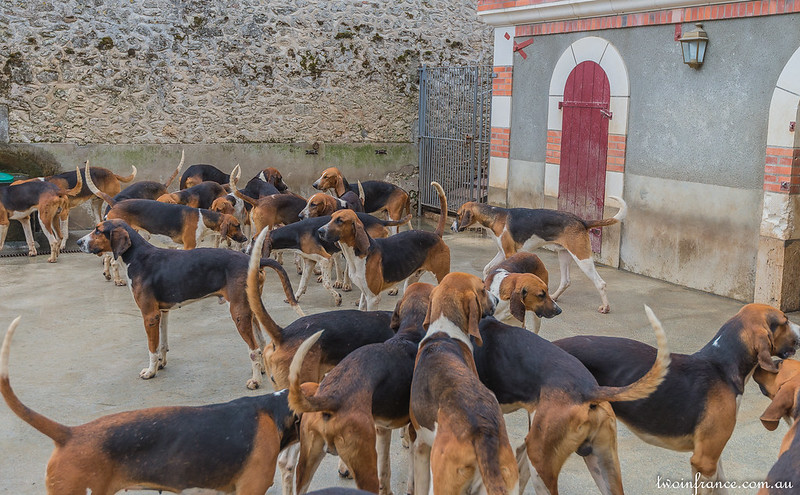
Tintin
Another fun attraction is the Tintin Museum, inspired by France’s most beloved comic books. The Château was used as the model for Le Château de Moulinsart, Captain Haddock’s country house and family estate in The Adventures of Tintin, the comics series by Belgian cartoonist Hergé.
From the undergrounds of Moulinsart to the laboratory of Professor Tournesol, via Tintin’s bedroom and the castle’s dining room, this interactive exhibition, unique in France, produced with the Hergé Foundation, takes you to the heart of Tintin’s adventures.

Today the Château de Cheverny is one of the finest tourist attractions in the Loire Valley. One of the appeals of Cheverny is that all the rooms are fully furnished since the family still inhabits them. In contrast, many other châteaux in the Loire consist of empty spaces devoid of furniture and décor. We will surely return. We learn something new each visit.
Information
1, Avenue du Château, Cheverny 41700
+33 (0)2 54 79 96 29
[email protected]
10:00 am to 5:00 pm (Jan-Mar: Oct-Dec); 9:00 am to 5:30 pm (Apr-Sep).
Motorway A10, Paris – Bordeaux, Exit Blois, 170 km. By train to Blois.
www.chateau-cheverny.fr/en


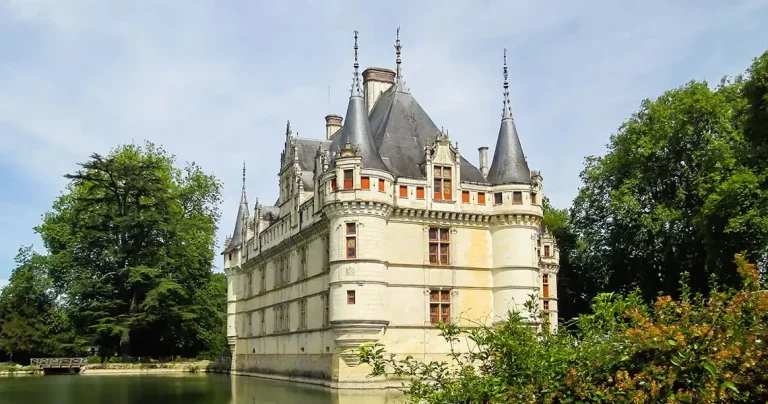

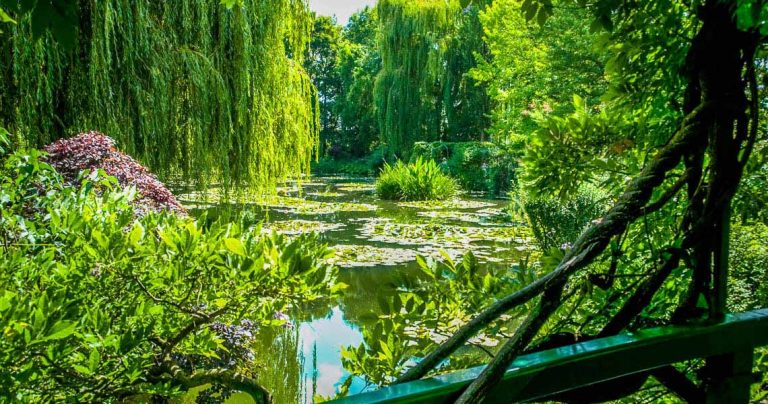
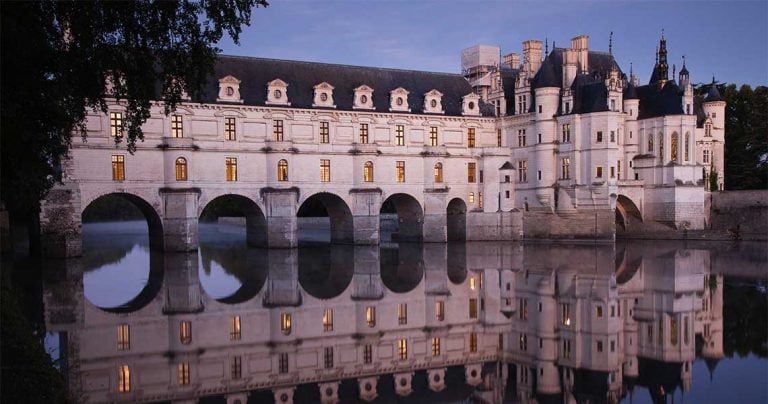

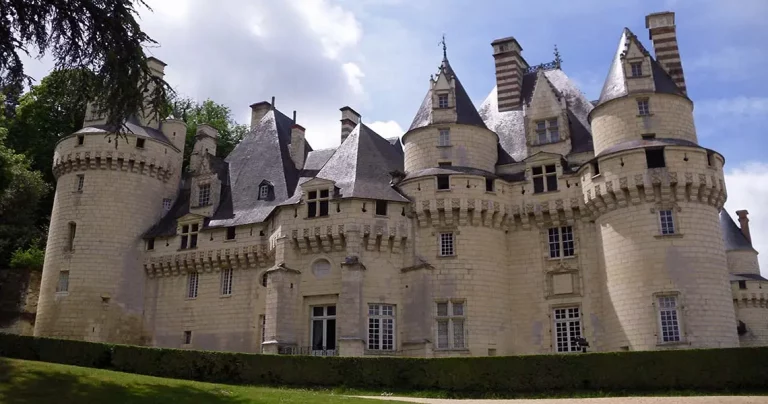
After reading so many blogs about experiencing the hounds being fed, we drove an hour, making sure we got there in plenty of time to see it. But alas, when we arrived, we were informed they no longer feed them in view of the public. So disappointing.